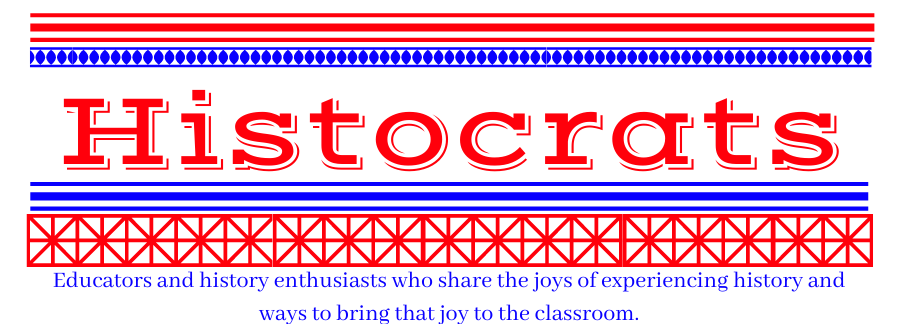Toward the end of the 19th century, many white philanthropists, ministers, do-gooders, and charities saw a new looming crisis to attack: the extinction of the Native American race. Despite the fact that, after the Civil War, extermination of Native Americans seemed to become official government policy, in line with prevailing public sentiment, it seemed now that the end was truly near. The Native Americans that survived the wars were pushed into barren, sterile reservations. Alcoholism and depression seemed to be destroying them. It was widely assumed that the race would disappear shortly after the start of the 20th century.
Social progressives scrambled to head off that eventuality, driven by guilt, Christianity, morality, or some other reason. Inspired by Lt. Richard Pratt's work at Fort Marion (now Castillo de San Marcos) in St. Augustine Florida. In 1875, he was tasked with supervising the incarceration of 72 Cheyenne, Kiowa, Caddo, and Comanche Indians taken prisoner in the West. Pratt devised a system of immersion, training them for "civilization," teaching them English, white culture, white morals, and technical skills. He summarized his philosophy as "Kill the Indian in him, and save the man." In other words, the only hope for Indians was to become white people, or at least to become servants of white people.
In 1879, Pratt established the first Indian boarding school, Carlisle Indian Industrial School in Pennsylvania. Soon other schools were established. Over the next 100 years, Indian parents were bribed, threatened, and persuaded to send their children hundreds of miles away to be assimilated so that they had a future. When that didn't work, the government resorted to kidnapping to fill the school's beds. Many of the children never saw their homes or families again. The white people in government and who ran the schools were sure that they were doing good, God's work, despite the hardships and suffering they inflicted.
This exceedingly dark moment in American history has been seeing more late recently as news stories of previously unknown burial grounds at Canadian boarding schools have gone public, and stories of the abuses committed in this program come to light in movies, documentaries, memoirs, and novels. (And, yes, the American idea was adopted by the Canadians for their own First Nations subjects, and by South Africa for its black Africans, and by Australia for its Aborigines.)
The James Museum of Western Art, in St. Petersburg Florida is currently (through March 16) the home of an exhibit dedicated to these Indian boarding schools and called "Away From Home." I believe it is a traveling exhibit, so it may be headed to a museum near you; keep an eye out.
The exhibit is eye-opening, interesting, and triggering. After passing through the gates of the school, with other children from other tribes, perhaps enemy tribes, who speak different languages and have different cultures, the children are stripped of everything Indian, their clothes, toys, accessories. Then, the act that proved traumatizing beyond description, the cutting of the hair. Among most Plains Indian tribes especially, a man's pride was reflected, at least in part, in his long hair. An Indian man never cut his hair except perhaps in times of grief. In the Indian schools, long hair was cut, the children were dressed in "civilized" uniforms, and assigned their new white name - sometimes in a random draw. The Stephen Spielberg produced miniseries, Into the West (2005), captures the pain of this intake process in this clip.










